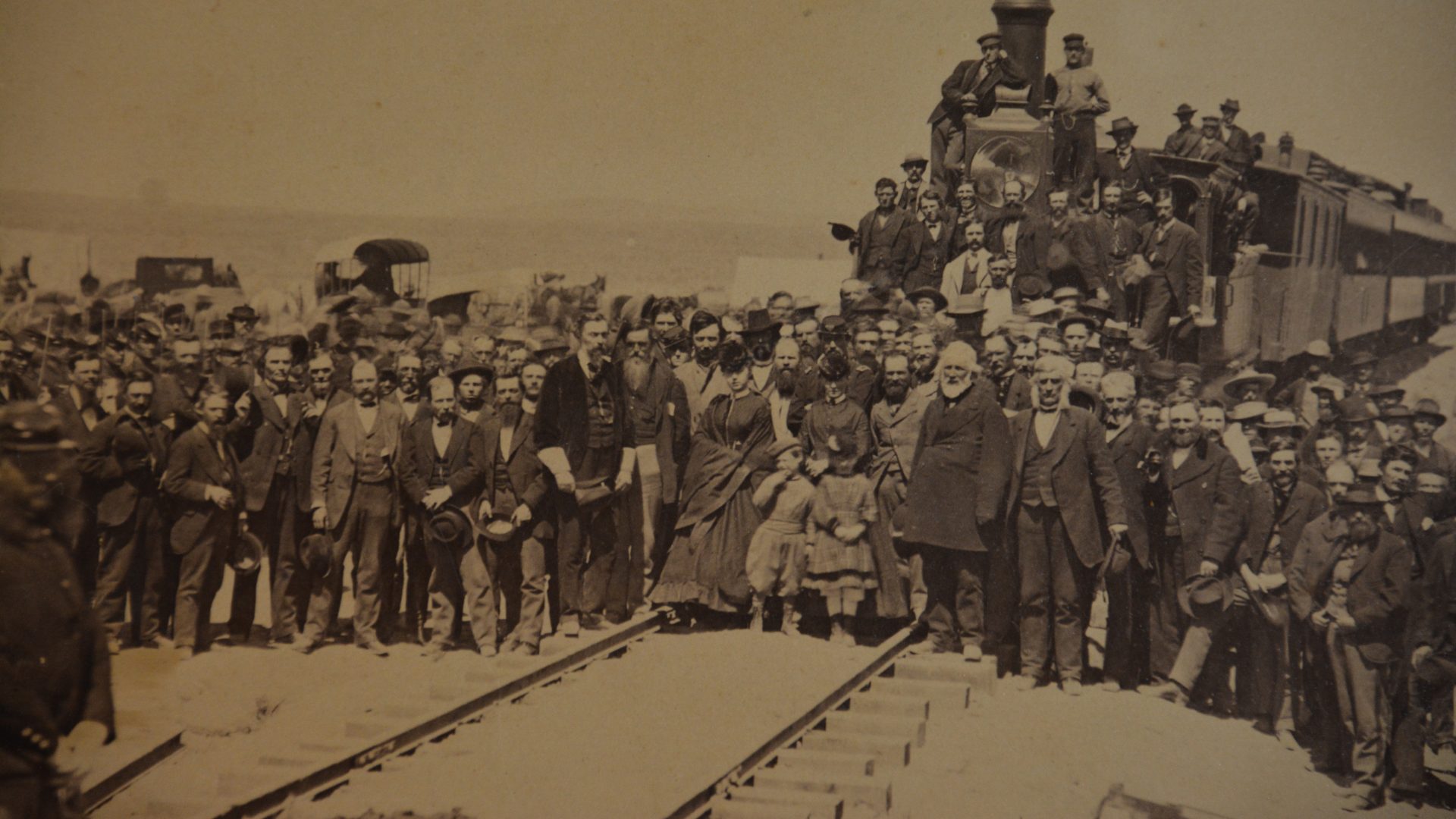In the mid-nineteenth century, men and women moved West, away from everything that they had ever known. These settlers claimed untouched lands as their own, and they developed the lands that had never been. People who had never had any major property of their own moved West, and although life was undoubtedly hard without the amenities of the East Coast, they finally had their own patch of land. As the frenzy of people settling West grew, the government built up the infrastructure of the West, allowing for more people to join those who had already moved Westward. In one of the largest infrastructure projects of American history, the American Government built the Transcontinental Railroad, which revolutionized Westward Expansion.
The Transcontinental Railroad represented one of the most important achievements in the settling of the American West. Its completion on May 10, 1869 touched off celebrations around the country, as the United States was finally linked from the Atlantic to the Pacific. Constructing the Transcontinental Railroad proved a massive undertaking, involving significant efforts by both wealthy investors and hard-working laborers alike. A. J. Russell’s photographs of the railroad capture both of these worlds, from the powerful businessmen in their fancy clothes at the hammering of the golden spike to the workers toiling in the shadow of the trains. The Transcontinental Railroad tied the United States together–not only physically, as a network for movement of people and supplies, but also psychologically, as a representative of the intrepid American spirit. Its story has captivated people ever since its completion, endowing it with a far greater legacy than that of a simple construction of wood and steel.
After the creation of the Transcontinental Railroad, Westward expansion boomed faster than it ever had before. Because of its ability to transport people, livestock, and other goods at a fast pace across the lands of the western United States, it gave people the ability to settle and start up a new life. Many farms–especially cattle farms and ranches–erupted across the Midwest into the Rockies due to the vast amounts of wild grasses that could be used for grazing. However, settling in a relatively unknown land did not come without its problems. Natural conditions, such as weather, threatened Western settlers’ ways of life. The biggest threat, perhaps, came from the Native Americans who were losing their main source of meat from the buffalo massacres and forced off of their lands. Because of the Native Americans constant, and sometimes bloody, conflicts with the white settlers, soldiers were sent in to protect the new towns. They, too, built up a dimension of the West.
All the photographs on this page were taken by A.J. Russell, a Civil War photographer who brought the horrors of war to civilians and the rest of the world. After the war was over, Russell was approached by the government to take pictures of the West along the Transcontinental Railroad. These pictures would be published by the government in order to gain support for the railroad and the expansion Westward. A.J. Russell also took photographs of the various towns and buildings that popped up as the railroad continued its path westward.










